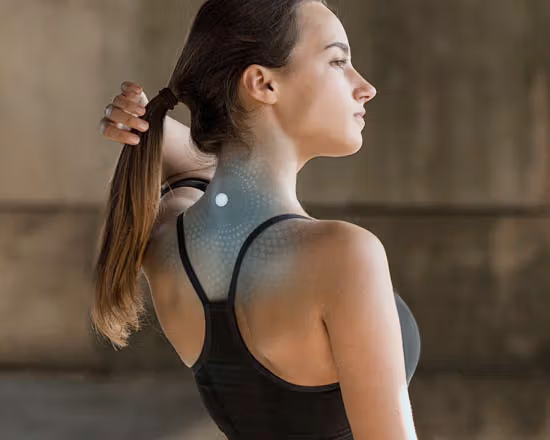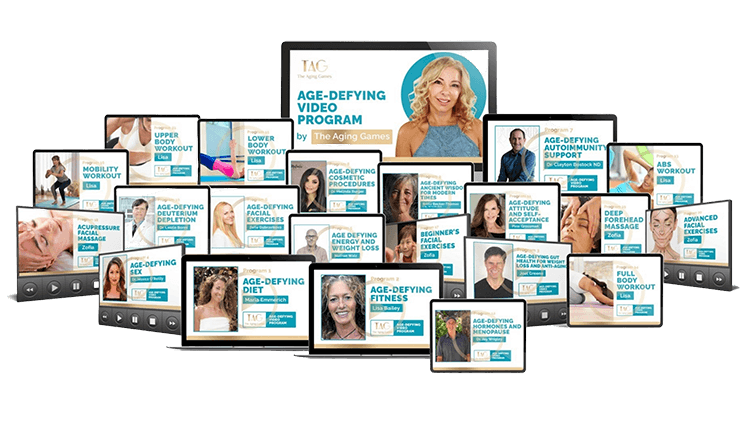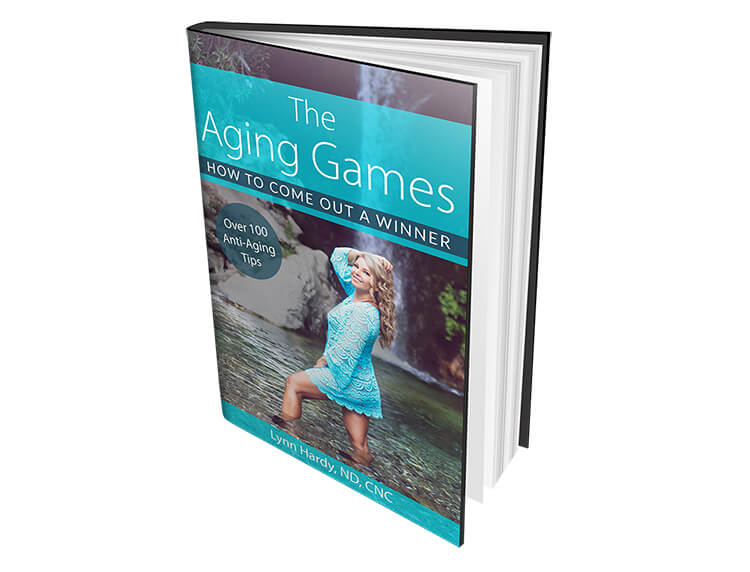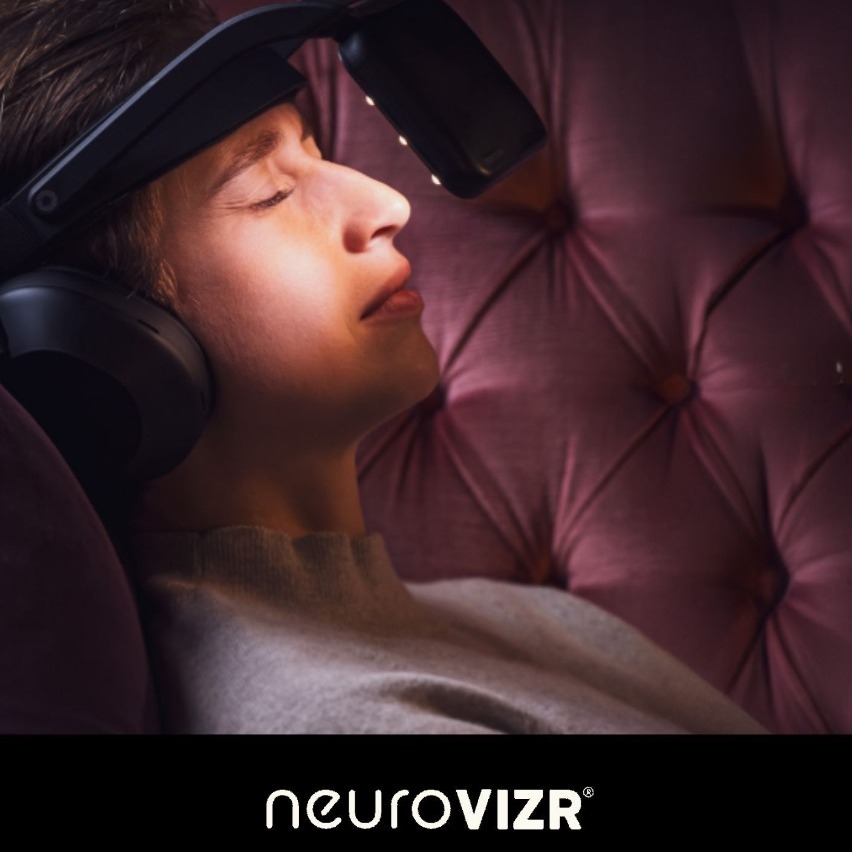Much like blue lighting, LED and fluorescent lighting also have a negative impact on our health. If you are looking to age gracefully and protect your skin, you need to understand how the lights you install in your home hurt or help your skin. Here is what you need to know.
Problems With LED Lighting
Energy companies and governments alike want you to replace all your home lighting with LED bulbs. LED stands for light-emitting diode, and these bulbs are considered the future of lighting. They use less energy and can help keep your electric bills down. Today, they are sold as lightbulbs, Christmas or holiday lighting, and some energy companies give them away.
The dark side is that LED lights are designed with toxic metals that are hazardous to your health. Some examples are the “low-intensity red LEDs,” which contain up to eight times the neurotoxin lead. In fact, some researchers warn about these lights as they have high amounts of arsenic, as well. Other metals that might be found in any color LED lights are copper and nickel, which can cause allergic reactions. If you have them in your home and it breaks, be sure to take precautions and wear a mask and gloves to clean it up. According to French health authorities, the blue light in LED lighting can damage the eye’s retina while disturbing our biological and sleep rhythms.
Problems With Fluorescent Lighting
Fluorescent lighting emits ultraviolet radiation and increases your exposure to carcinogenic radiation by up to 30%. But the problem is not only the radiation but the quality of light that is emitted. Apparently, the type of light these bulbs throw off disturbs our natural body rhythms and can have side effects such as insomnia, hormonal disruption, eyestrain, stress and anxiety, tumor formation, and obesity.
Ways to Protect Your Health from Artificial Lighting
Fortunately, there are some steps that you can take to protect your health from artificial lighting. Try to use natural light inside your home and at work as much as possible. To counter the effects of lighting, get more sunshine. Natural sunshine will have a positive impact on your health that can strengthen your circadian rhythm.
If you work in an environment with fluorescent lights, consider asking your boss or the “powers that be” if the lighting is either full spectrum or daylight spectrum (both are better alternatives), and if not, try to request a full spectrum light filter for your area. Replace any flickering fluorescent light bulbs, as these are linked to anxiety and eye strain. If you cannot get away from a flickering bulb, keep an incandescent light bulb on your desk.
Pick up a pair of very light rose-colored tinted glasses, as these are often prescribed by optometrists to counter fluorescent light effects. Also, change your bulbs at home to incandescent bulbs. These are the old-fashioned bulbs that many of us grew up with. They’re not very energy efficient and they don’t last long, but your health is much more important.
Learn How To Better Manage Skin Aging Risks Today
LED and fluorescent lights bombard our skin with blue light. Blue light causes skin damage and premature skin aging. You can minimize the impact of this by getting natural lighting and using incandescent bulbs. Check out the Age Defying Video Program to learn what else you can do to protect your skin.










